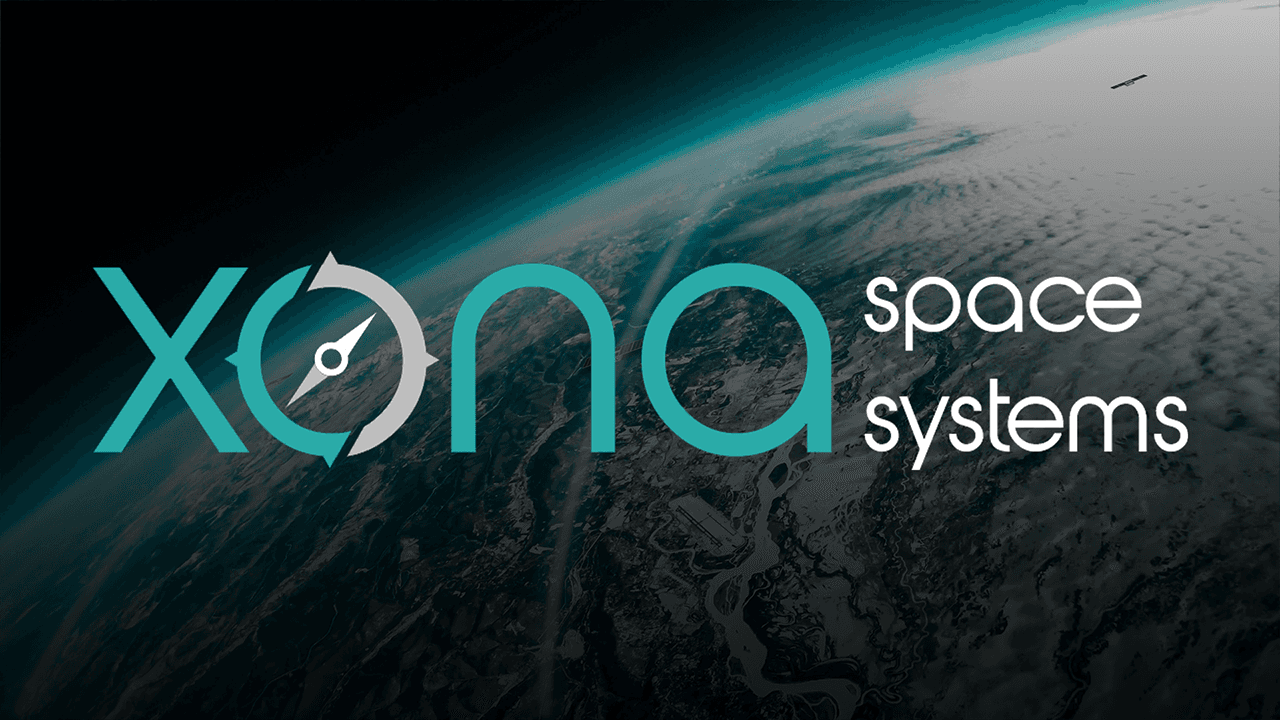Xona Space Systems Company Spotlight
Revolutionizing Satellite Navigation Through Low Earth Orbit Innovation
Company Foundation and Strategic Vision
Xona Space Systems emerged in 2019 from the collaborative vision of eight Stanford University aerospace engineers who first met over a decade earlier in the university's Aero Astro Department. After graduation, these founders gained experience at aerospace companies including SpaceX, Blue Origin, and Maxar Technolo…
Keep reading with a 7-day free trial
Subscribe to The Journal of Space Commerce to keep reading this post and get 7 days of free access to the full post archives.



